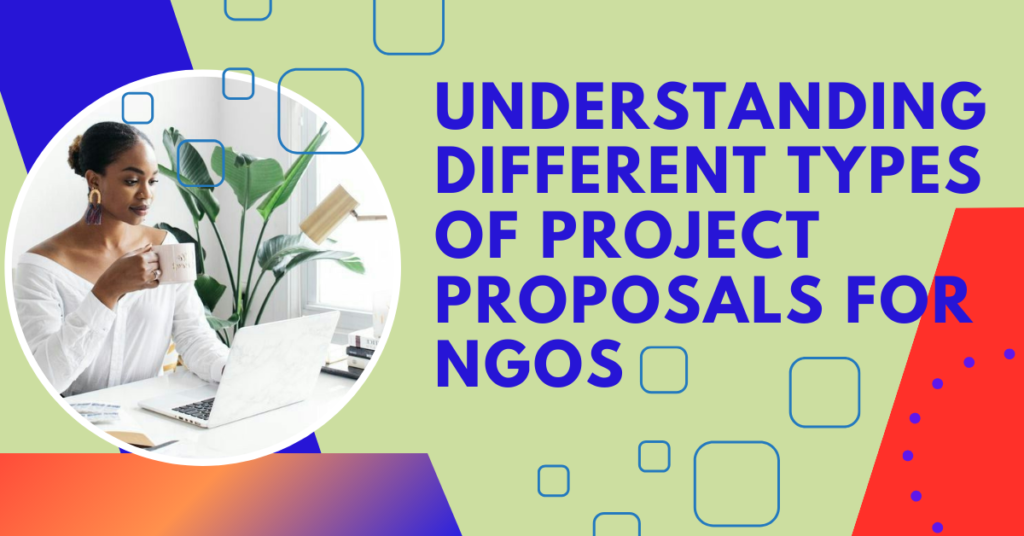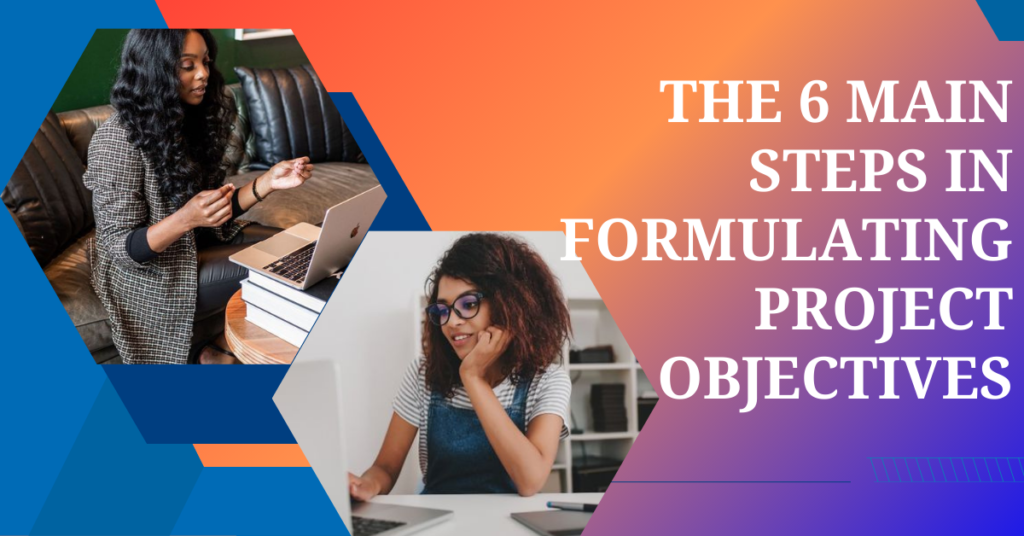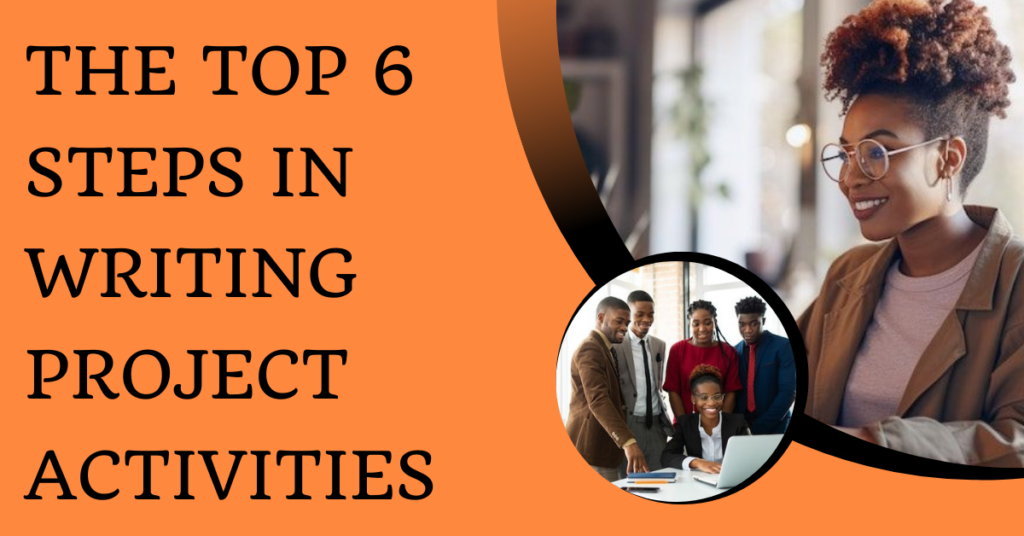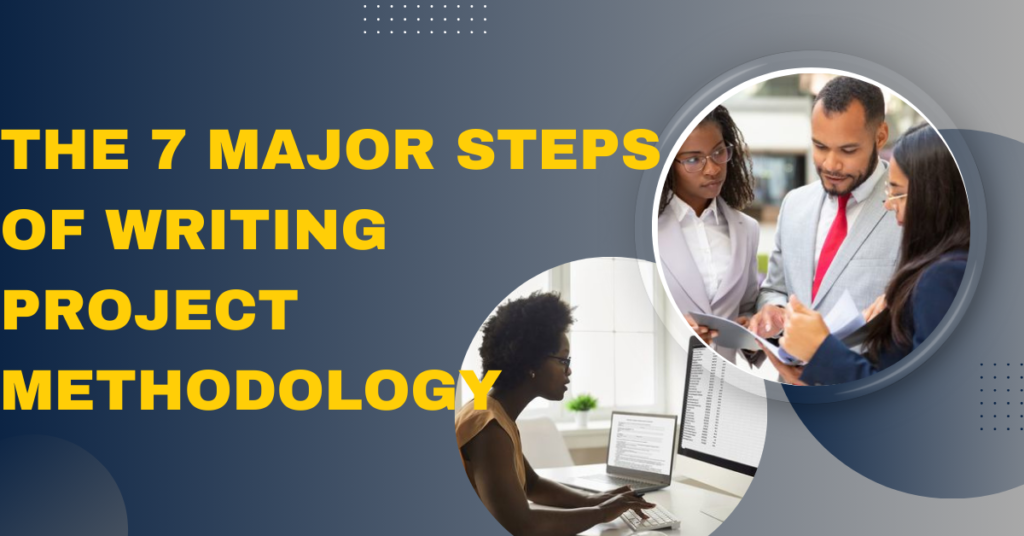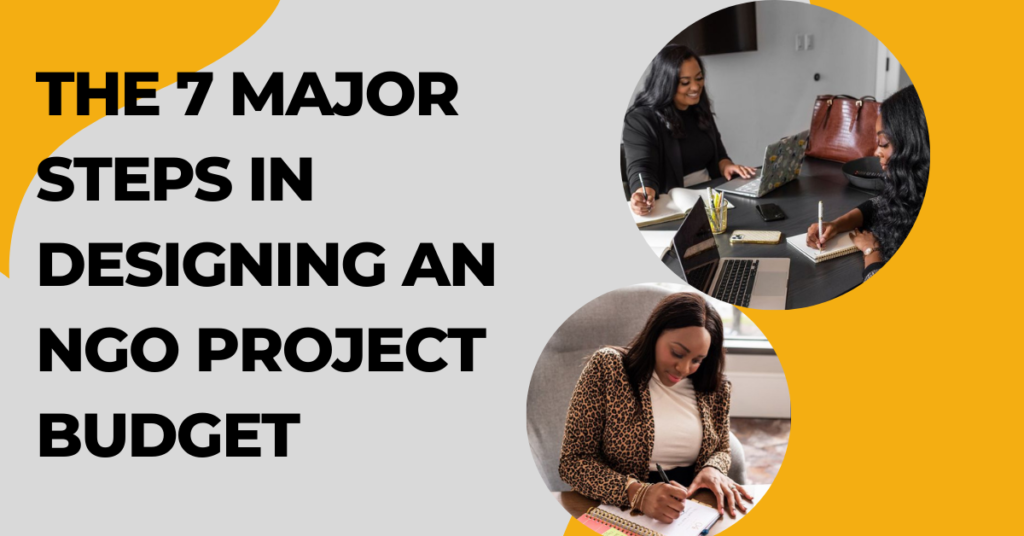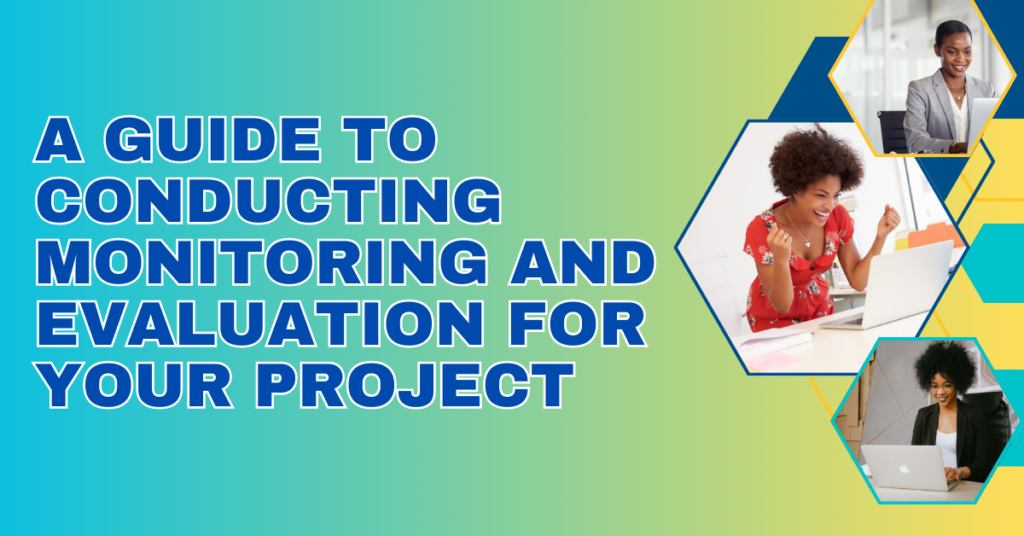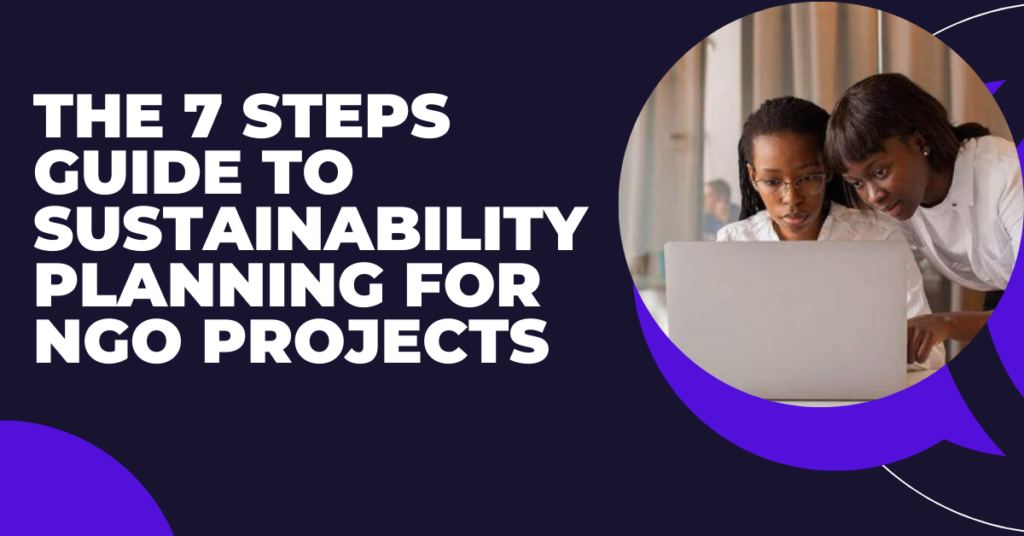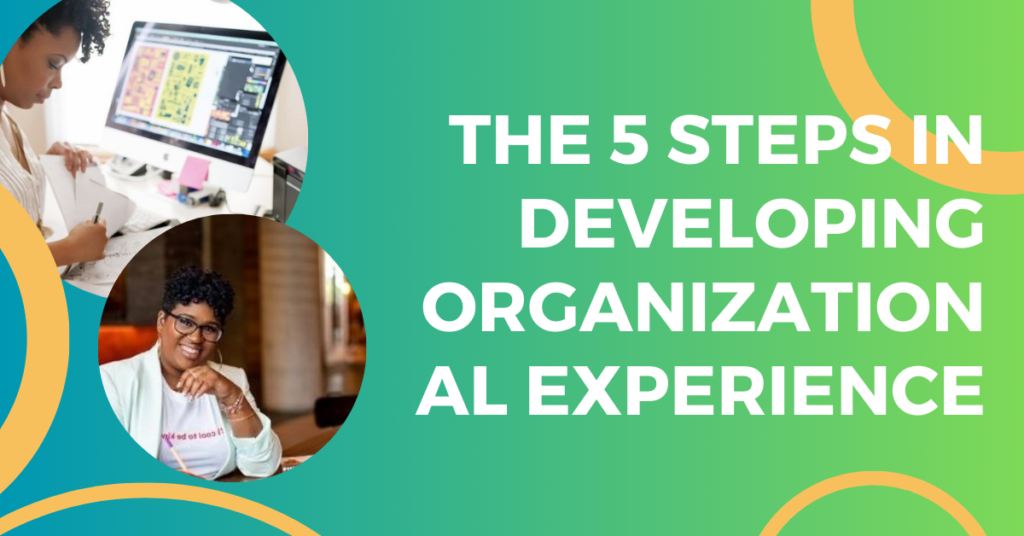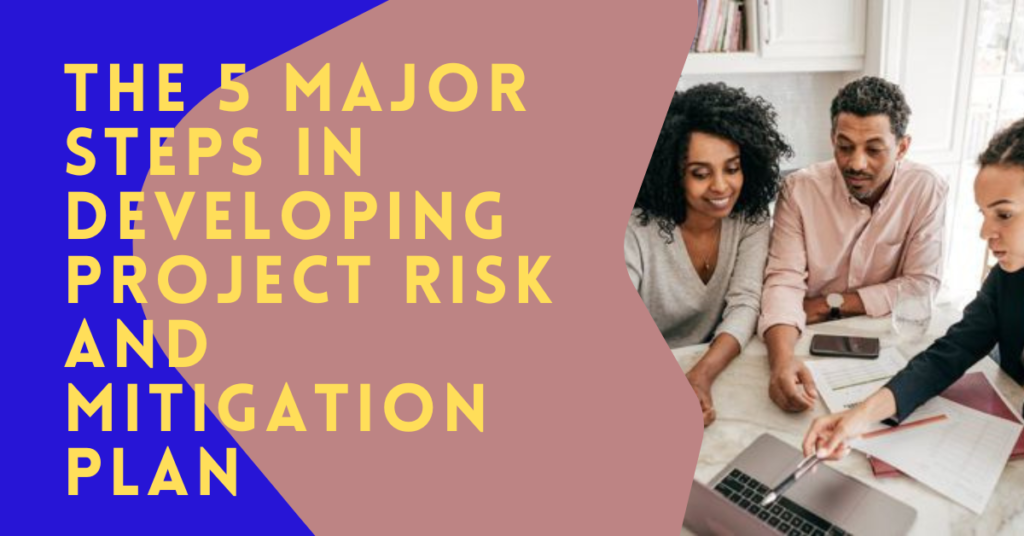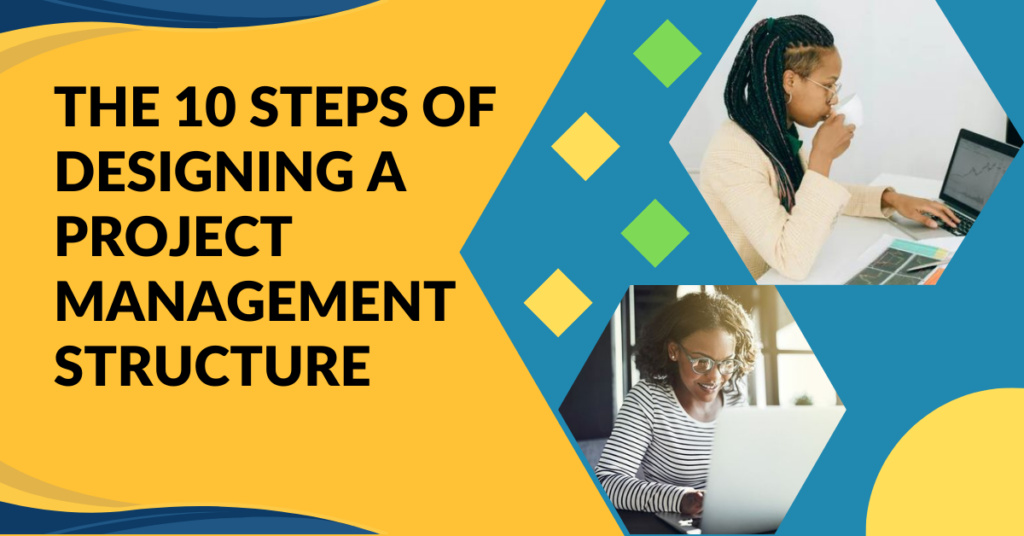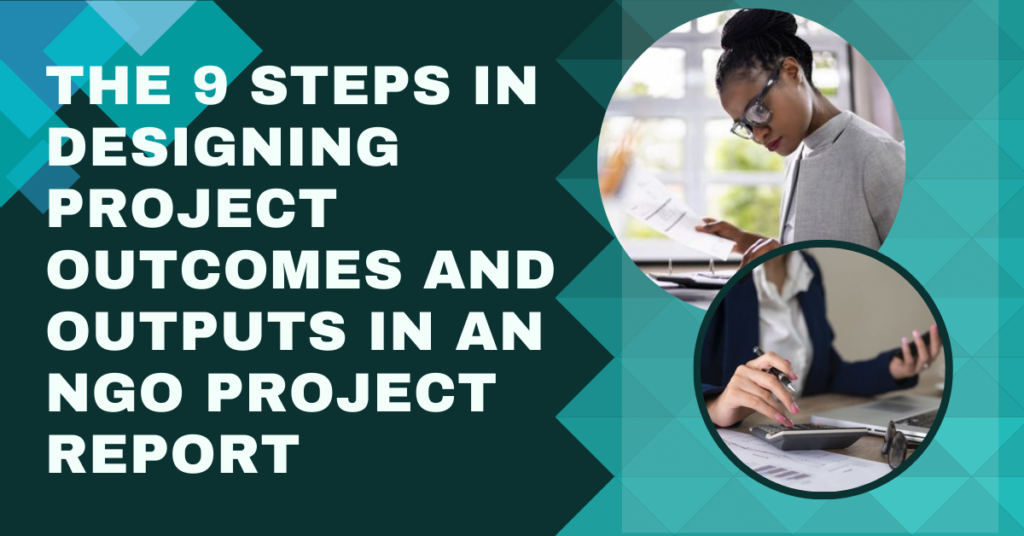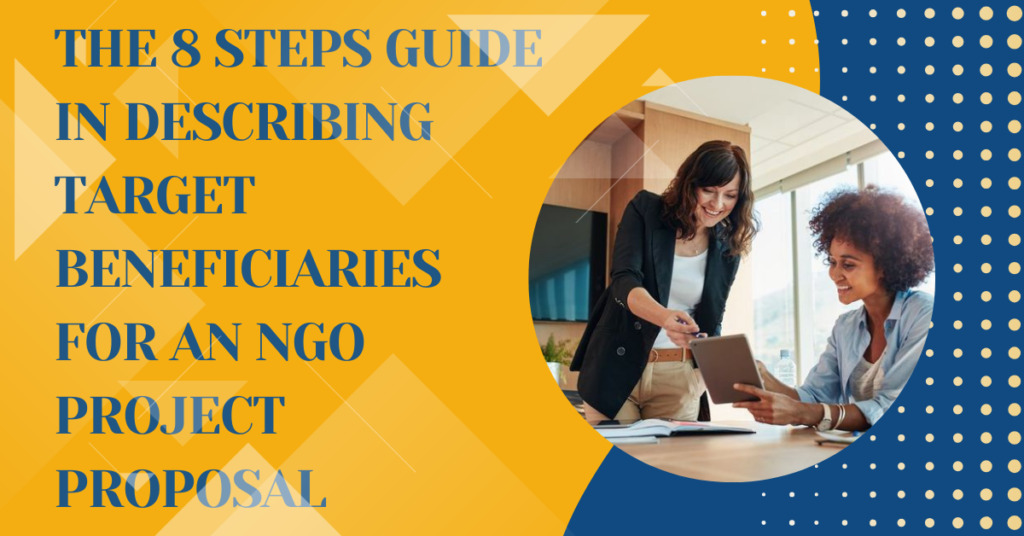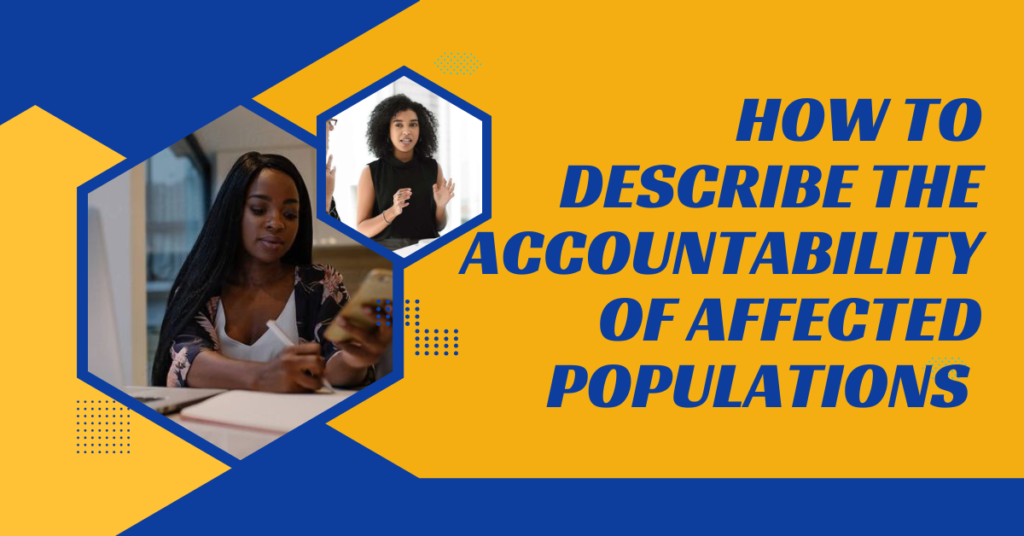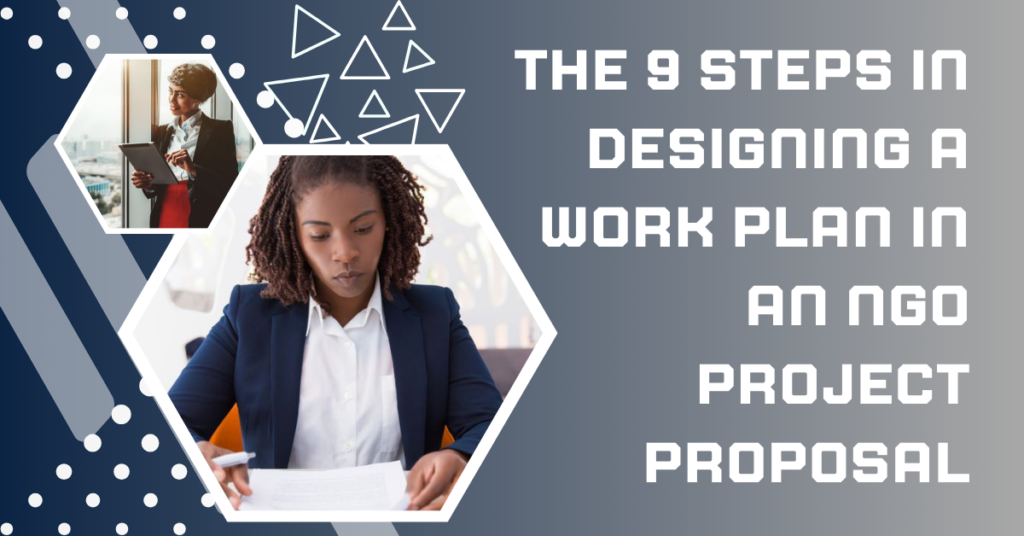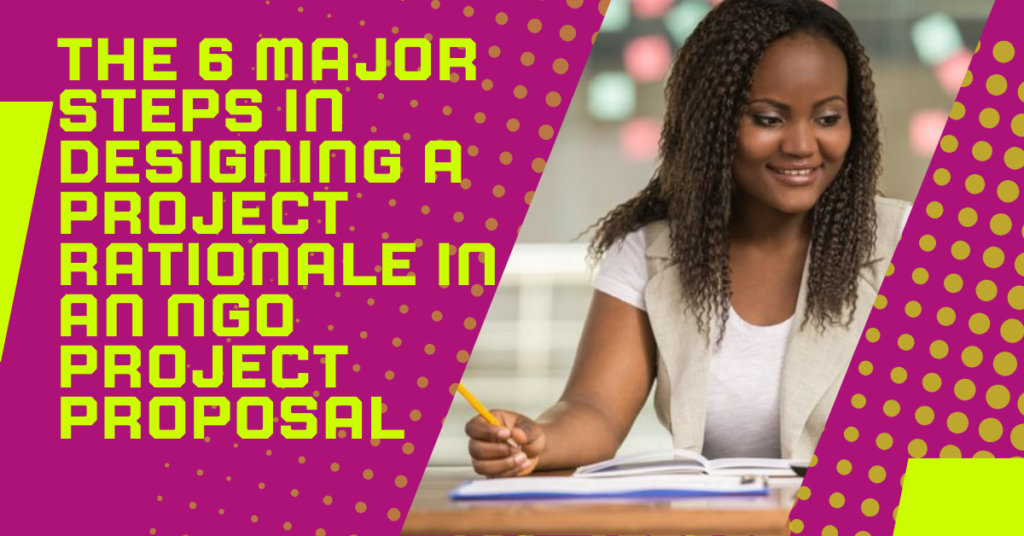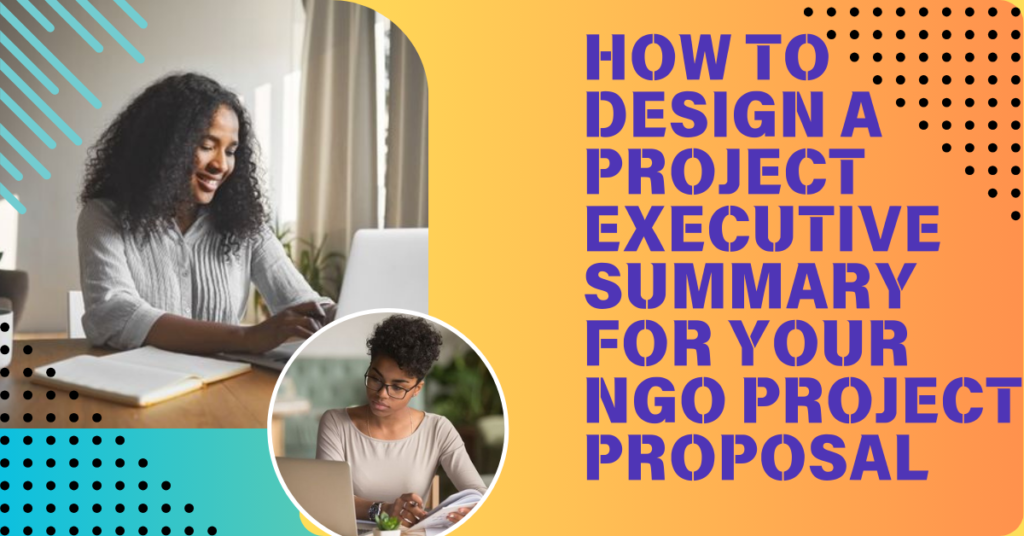
Menu
Facebook-f
Twitter
Google-plus-g
Understanding Different Types Of Project Proposals For Ngos: A Comprehensive Guide
As an aspiring NGO project proposal writer, understanding the various types of project proposals is crucial to effectively communicate your organization’s needs, goals, and strategies to potential funders and stakeholders. Each type of proposal serves a distinct purpose, and knowing how to craft them will enhance your ability to secure funding and support for your initiatives. In this blog post, we’ll explore the different types of project proposals for NGOs, providing you with the knowledge needed to excel in this essential aspect of nonprofit work.
- Solicited Project Proposals
Solicited project proposals are those requested by a donor or funding agency. These proposals respond to a specific call for proposals (CFP) or request for proposals (RFP) issued by a potential funder. These calls often outline the funder’s objectives, eligibility criteria, and guidelines for submission, providing a clear framework for your proposal.
Key Components:
- Introduction: Begin by clearly referencing the CFP or RFP and outline how your project aligns with the funder’s objectives.
- Project Overview: Provide a brief summary of the project, including its goals, target beneficiaries, and expected outcomes.
- Detailed Project Description: This section should cover the problem statement, project objectives, methodology, implementation plan, and sustainability measures.
- Budget: A detailed budget that aligns with the funder’s requirements is crucial.
- Monitoring and Evaluation Plan: Demonstrate how you will assess the project’s effectiveness.
Best Practices:
- Carefully read and follow the guidelines provided in the CFP/RFP.
- Tailor your proposal to align with the funder’s priorities and criteria.
- Be clear and concise, as these proposals are often highly competitive.
- Unsolicited Project Proposals
Unsolicited project proposals are submitted to potential donors without a specific request. These proposals are often used when an NGO identifies a need or opportunity that aligns with the interests of a particular donor or funding agency, even if no formal call for proposals has been issued.
Key Components:
- Introduction: Introduce your organization and explain why you are approaching the funder.
- Problem Statement: Clearly define the issue your project aims to address.
- Project Description: Outline your proposed solution, including objectives, activities, and expected outcomes.
- Budget: Include a realistic budget that justifies the project’s costs.
- Justification: Provide compelling reasons why the funder should support your project, including evidence of the need and potential impact.
Best Practices:
- Research potential donors to ensure alignment between their interests and your project.
- Develop a strong, compelling narrative that highlights the urgency and importance of your project.
- Be persistent, as unsolicited proposals often require follow-up communication.
- Concept Notes
A concept note is a brief summary of a project idea that is often used as a preliminary step in the proposal submission process. Donors may request concept notes to assess the viability of a project before inviting a full proposal.
Key Components:
- Introduction: Briefly describe the project idea and its relevance.
- Problem Statement: Concisely outline the issue your project aims to address.
- Proposed Solution: Summarize the project’s objectives, activities, and expected outcomes.
- Preliminary Budget: Provide a rough estimate of the project’s cost.
- Conclusion: Emphasize the significance of the project and its potential impact.
Best Practices:
- Keep the concept note concise, typically between 2-5 pages.
- Focus on the most critical aspects of the project, avoiding unnecessary details.
- Use the concept note as an opportunity to pique the funder’s interest and secure an invitation to submit a full proposal.
- Continuation or Renewal Proposals
Continuation or renewal proposals are used to request additional funding for a project that has already been initiated or successfully completed. These proposals are often required when a project is divided into phases or when ongoing support is needed to sustain the project’s impact.
Key Components:
- Progress Summary: Provide an overview of the project’s achievements to date, including key milestones and outcomes.
- Need for Continuation: Justify the need for continued funding, highlighting any challenges that require additional support.
- Updated Project Plan: Outline the next phase of the project, including revised objectives, activities, and timelines.
- Revised Budget: Present an updated budget that reflects the costs associated with the continuation phase.
- Sustainability Plan: Discuss how the project will be sustained in the long term, even after external funding ends.
Best Practices:
- Clearly demonstrate the impact of the project so far and the need for further support.
- Highlight any lessons learned during the initial phase and how they will be applied in the continuation phase.
- Ensure that the continuation proposal builds on the successes of the previous phase.
- Supplementary Proposals
Supplementary proposals are submitted to request additional funds for a project that is already underway but has encountered unforeseen challenges or opportunities. These proposals are essential when additional resources are needed to achieve the project’s goals.
Key Components:
- Introduction: Explain why additional funding is required, including any unexpected developments.
- Current Status: Provide an update on the project’s progress, including completed activities and remaining tasks.
- Justification for Additional Funding: Clearly outline the reasons for the additional funds, including any new opportunities or challenges.
- Revised Budget: Present a revised budget that includes the additional costs.
- Updated Work Plan: If necessary, update the project’s timeline and activities to reflect the new funding request.
Best Practices:
- Be transparent about the reasons for the supplementary proposal, including any challenges faced.
- Clearly articulate how the additional funds will be used and their impact on the project’s success.
- Ensure that the supplementary proposal aligns with the original project’s objectives and goals.
- Letter Proposals
Letter proposals are brief, informal proposals typically used for small funding requests or when submitting a proposal to a donor with whom the NGO has an established relationship. These proposals are usually 1-2 pages long and focus on the essentials of the project.
Key Components:
- Introduction: Briefly introduce the project and its purpose.
- Problem Statement: Summarize the issue the project aims to address.
- Proposed Solution: Outline the project’s objectives and key activities.
- Budget: Provide a brief overview of the project’s cost and funding request.
- Conclusion: Reiterate the importance of the project and the need for support.
Best Practices:
- Keep the letter concise and to the point, focusing on the most critical information.
- Use a professional tone, even though the proposal is informal.
- Follow up with the donor to discuss the proposal and answer any questions.
- Partnership Proposals
Partnership proposals are used when an NGO seeks to collaborate with another organization, government agency, or private sector entity to implement a project. These proposals emphasize the benefits of the partnership and the complementary strengths of each partner.
Key Components:
- Introduction: Introduce the partners involved and the purpose of the collaboration.
- Problem Statement: Clearly define the issue the partnership aims to address.
- Partnership Objectives: Outline the goals of the partnership and how each partner will contribute.
- Project Plan: Provide a detailed description of the project, including activities, timelines, and roles of each partner.
- Budget: Present a budget that reflects the shared costs and contributions of each partner.
- Benefits of the Partnership: Highlight the advantages of the collaboration and the added value it brings to the project.
Best Practices:
- Clearly define the roles and responsibilities of each partner.
- Ensure that the proposal reflects a balanced partnership, with each partner contributing to the project’s success.
- Emphasize the synergies created by the partnership and how they will enhance the project’s impact.
Conclusion
Understanding the different types of project proposals for NGOs is essential for effectively securing funding and support for your organization’s initiatives. Whether you’re responding to a formal request for proposals or submitting an unsolicited proposal, knowing how to tailor your approach to each type of proposal will significantly increase your chances of success. By mastering the art of proposal writing, you’ll be better equipped to bring your organization’s vision to life and make a meaningful impact in the communities you serve.
As you begin your journey into NGO proposal writing, remember that each proposal type requires careful attention to detail and a clear understanding of the funder’s expectations. With practice and persistence, you’ll develop the skills needed to craft compelling proposals that resonate with donors and drive positive change.
Address List
-
Makerere Hill Road, Ham Towers -
+256-703947778 -
info@professionalwriters.shop
Social Networks
Links List
Professional Writers Inc.
Turning Ideas Into Reality
NGO Documents Writing Training [Free]


